As you might imagine, home inspectors encounter all kinds of improvised, dangerous and bizarre fixes. And lucky for us, they often photograph the odder "repairs" they come across. Here are some photos from a home inspection company, along with some advice on the proper fix.
Home Inspector Horror Stories
1
/
14

Old Sparky
There are at least two things wrong with this picture (three if you count the dead mouse). Nonmetallic (NM) cable should never enter a metal electrical box or service panel without the protection of a proper clamp. Eventually the sharp edge on the entry hole will cause the cable sheathing to wear through, creating a short and a fire hazard. In addition, an open hole will let in moisture, bugs and critters and wreak havoc like gnawed wire insulation, nests and electrocuted mice.
2
/
14
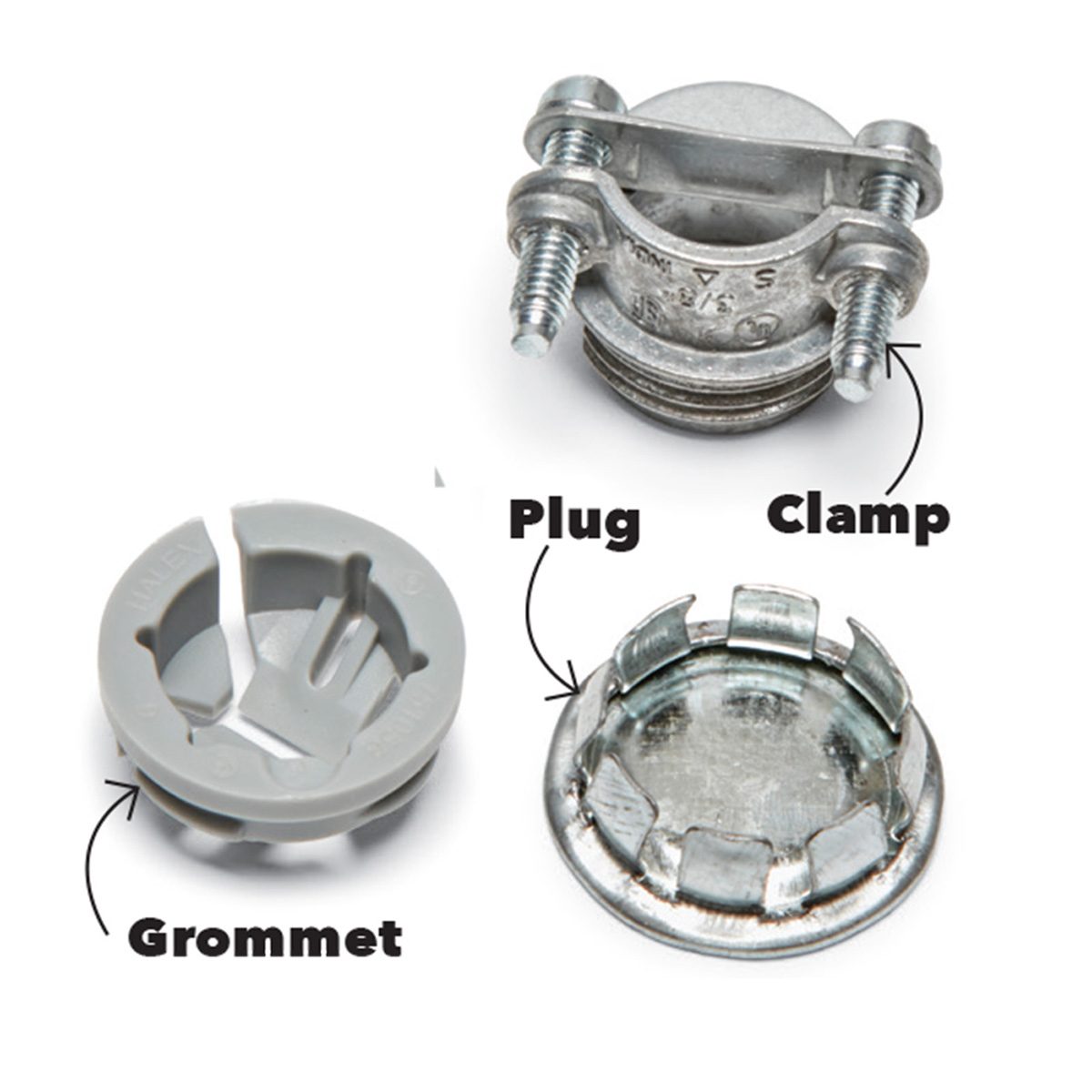
Old Sparky - The right way:
Use cable clamps or snap-in grommets to protect the cable and hold it in place as it enters any type of electrical box. Unused holes should be plugged with box plugs.
3
/
14
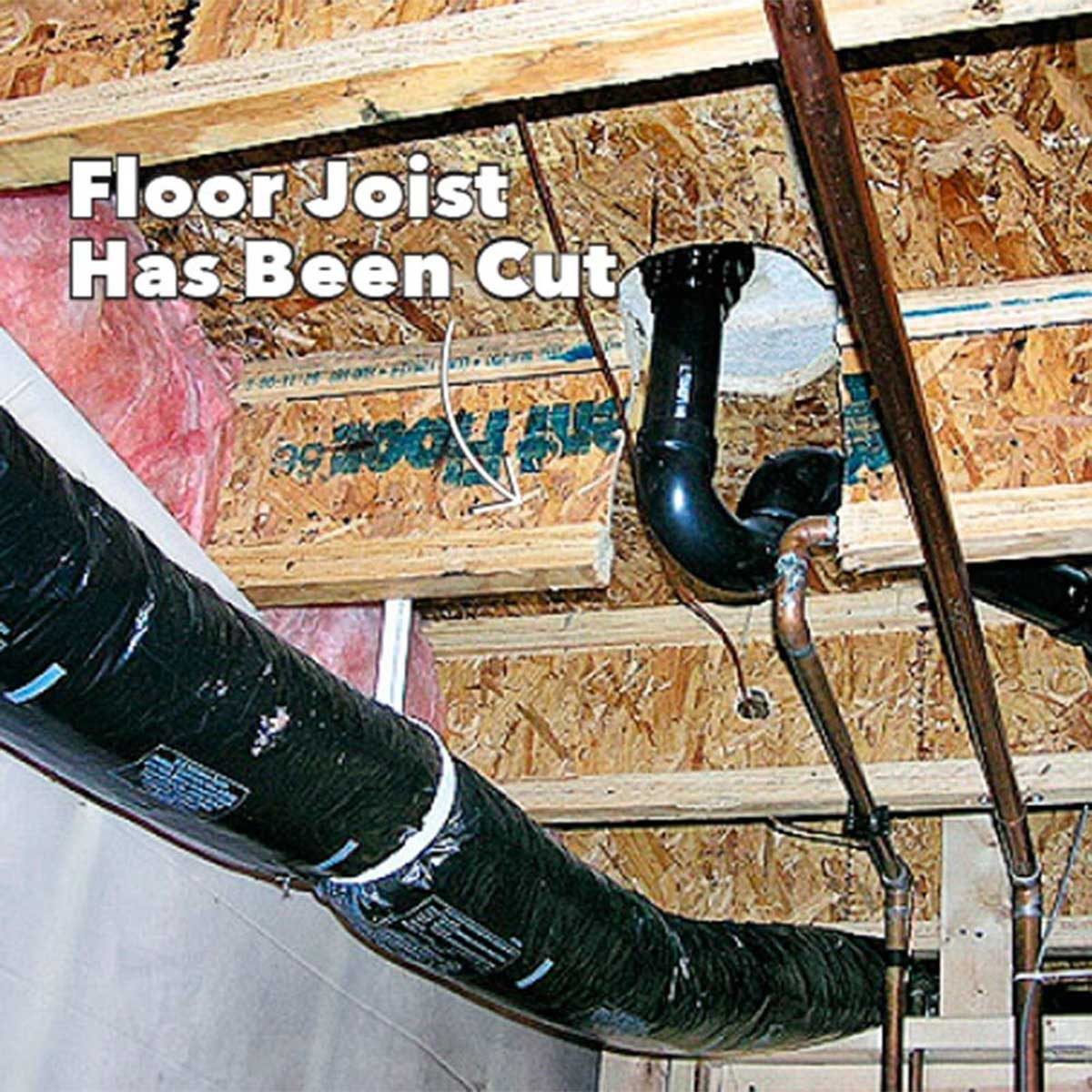
The Plumber's Solution
This is all too common. The carpenters carelessly placed a floor joist directly under a shower that's clearly marked on the house plans. And then a plumber goes nuts with a reciprocating saw. If you have manufactured I-joists, never, ever cut the top or bottom flanges!
4
/
14
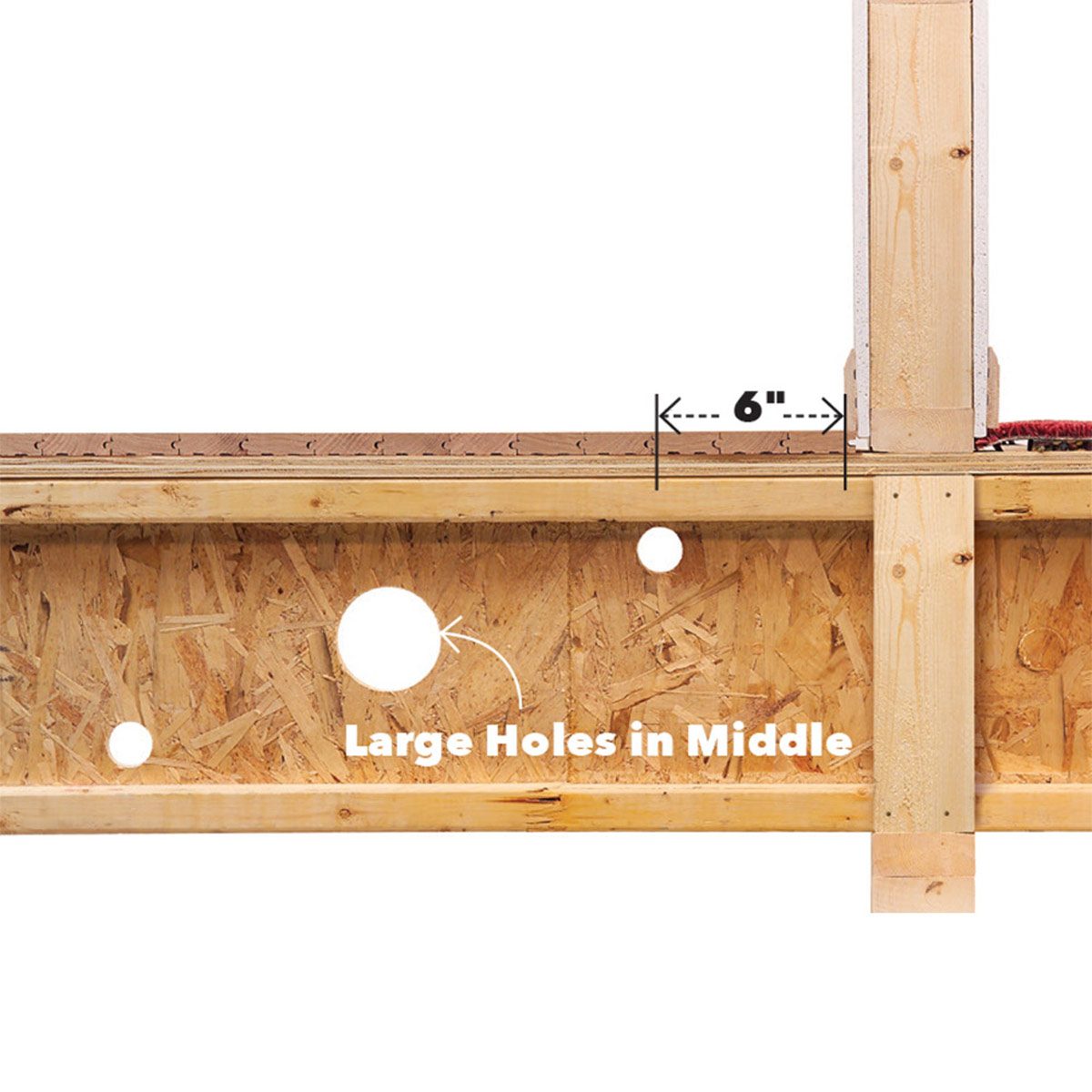
The Plumber's Solution - The right way:
You can drill holes up to 1-1/2 in. almost anywhere in the web area (the area between the flanges). Just stay
6 in. away from any end or load-bearing wall. Holes up to 4 in. can be drilled in the middle of the I-joist away from the ends or load-bearing wall.
5
/
14

Dr. Seuss water heater venting
Wow! This looks silly, but it's also downright dangerous. Flexible aluminum dryer duct isn't designed for venting exhaust gases, and this duct doesn't have a continuous upward slope. With this setup, carbon monoxide is likely entering the house.
6
/
14
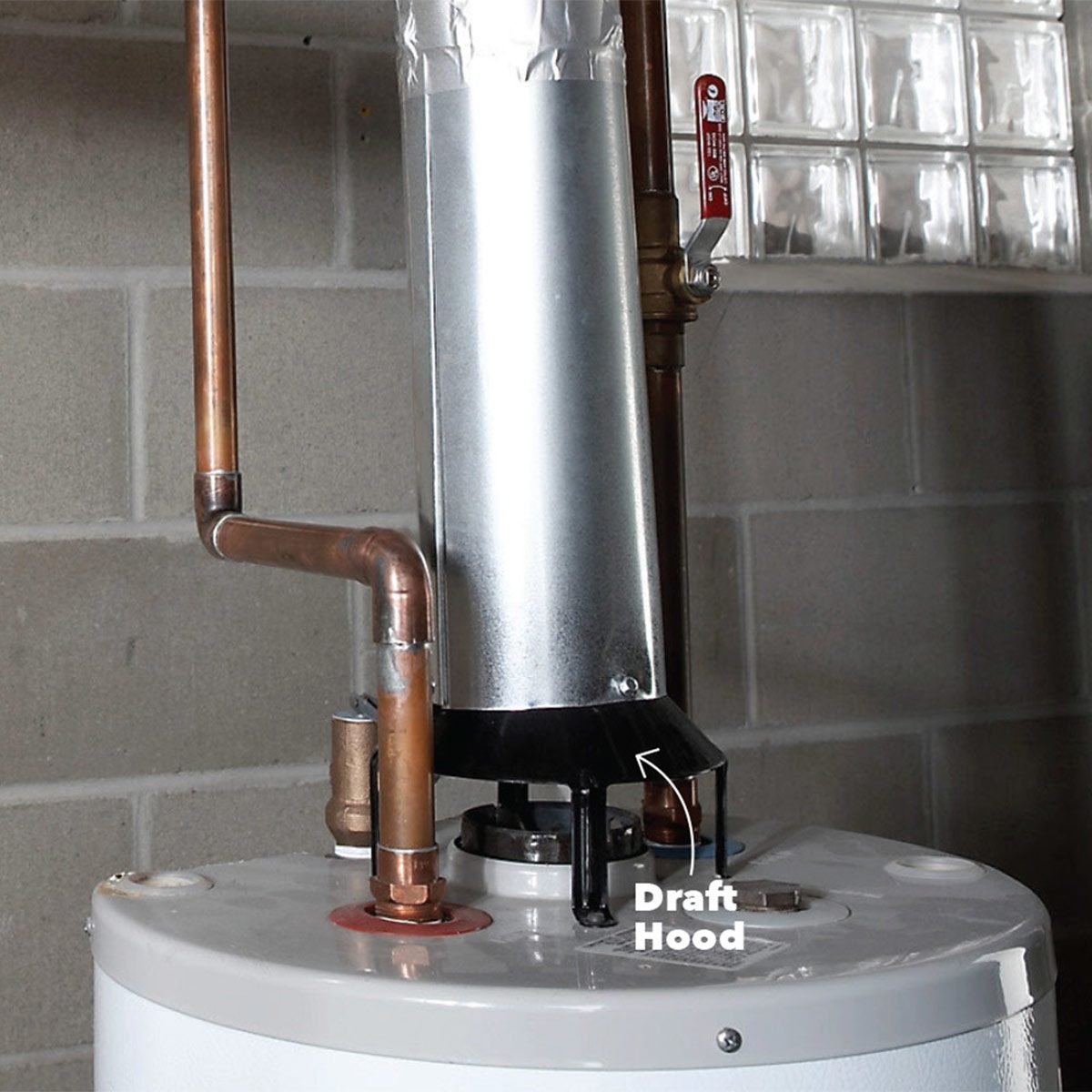
Dr. Seuss water heater venting - The right way:
Water heaters must be vented with the solid single-wall or double-wall pipe available in the HVAC aisle at home centers. The vents must always slope upward at least 1/4 in. per linear foot, and include a draft hood to allow room air to help draw out the exhaust gases.
7
/
14

Now that's freeze protection!
What you see is a freeze-proof sillcock mounted on the outside of the house. Not a good idea. See how to freeze-proof the right way in the next slide.
8
/
14
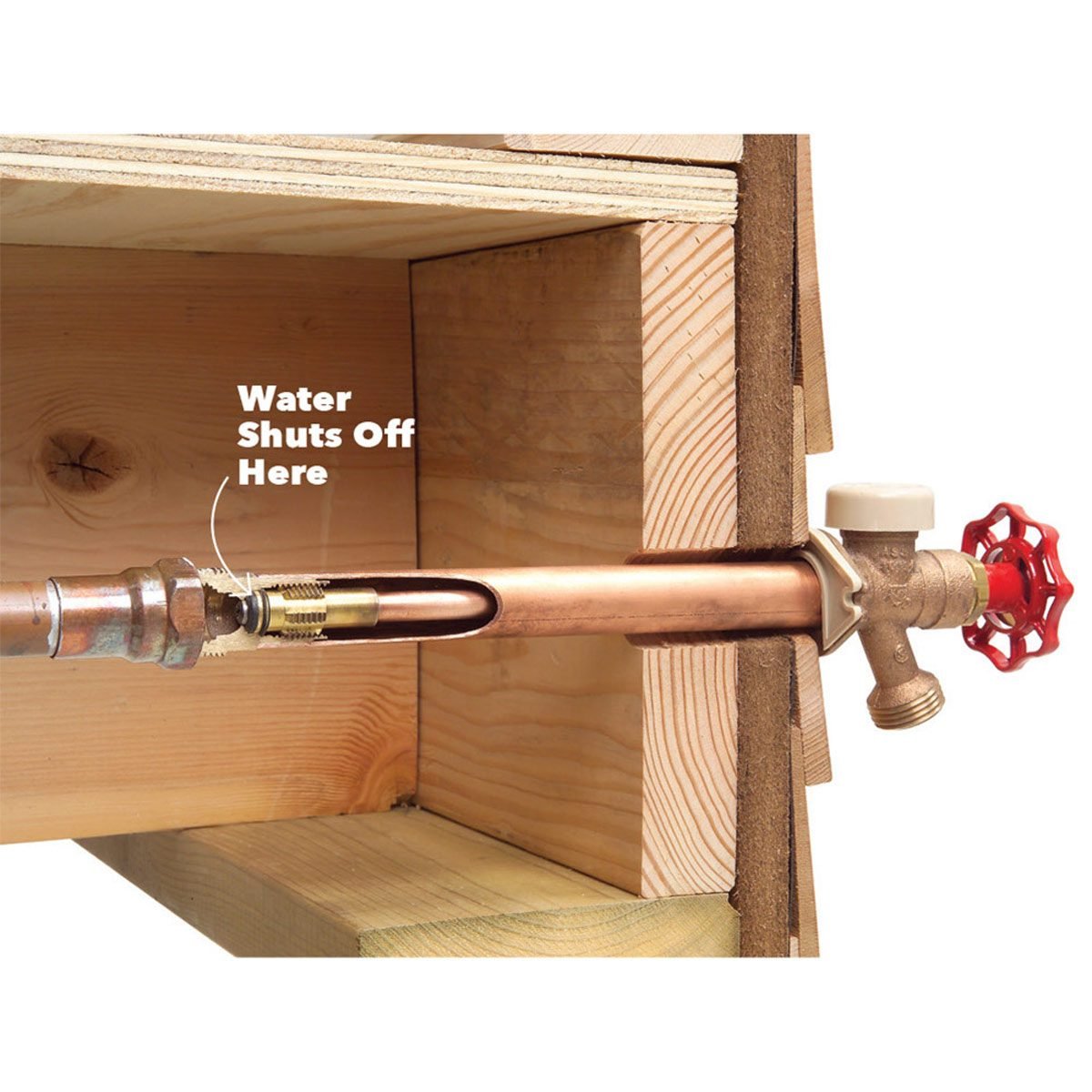
Now that's freeze protection! - The right way:
In the photo above, you'll see that the water valve is supposed to extend inside the house where it's warm. The 12-in.-long pipe "after" the valve should be slightly sloped toward the outside so residual water will drain after the valve is closed. Obviously, this amateur plumber didn't quite grasp the concept.
9
/
14

Dryer vent as conduit—brilliant!
The first mistake was running cable through the dryer vent, but wait, there are more. At least the installer used underground feeder (UF) cable.
10
/
14

Dryer vent as conduit—brilliant! - The right way:
The cable should run through a dedicated hole in the wall and be protected inside PVC or metal conduit to at least 12 in. deep into the ground for direct burial. Also, the circuit needs GFCI (ground-fault circuit interrupter) protection. Click here for How to Install Outdoor Lighting and Outlet.
11
/
14

Well, that's one solution
Before you go to the home center to choose a new toilet, know that toilet tanks and bowls vary in height, depth and distance to the wall. Take some careful measurements of the existing toilet while it's still in place. Check the clearance in front of the bowl and clearances from each side of the tank.
12
/
14

Well, that's one solution- The right way:
Check the distance from the wall to the toilet flange bolts. That's almost always 12 in., but in rare cases you'll find that it's 10 or 14 in. When people run into trouble, it's usually from replacing a standard toilet bowl with an elongated one. They're 2 in. longer than a round bowl and might stop a door or drawer from opening.
13
/
14

What's the worst thing that could happen?
Vinyl dryer vent line is a fire hazard, and this house will be at risk until this line is replaced with metal. Fires caused by dryers occur about 7,000 times in the United States every year, killing 10 people on average.
Once a dryer fire starts, the lint inside the duct can ignite, and the flammable, flimsy vinyl will burn right through and ignite nearby materials. But replacing vinyl vent lines with rigid metal ducts isn't enough. You should clean the lint from ducts, the exhaust hood and the underside of the dryer cabinet at least once a year.
14
/
14

What's the worst thing that could happen? - The right way:
It's best to use rigid metal vent line because it's less likely than corrugated metal to accumulate lint. Use foil tape rather than screws to join sections because the exposed screw shanks will also gather lint.



















